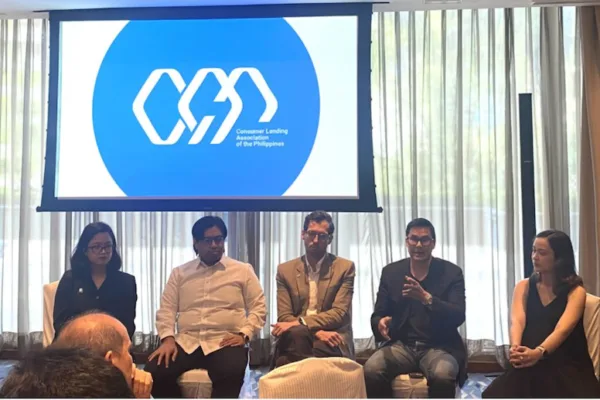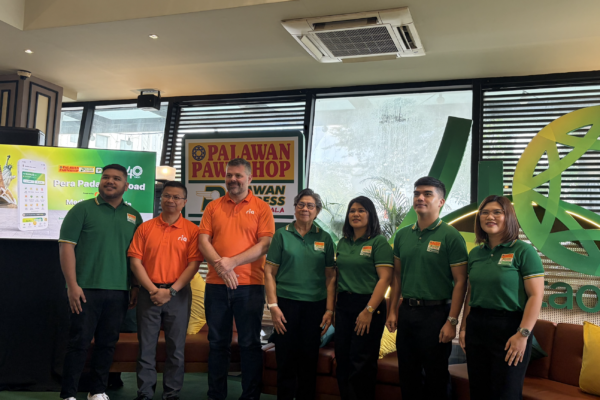In a region renowned for its rapid adoption of mobile technology, a surprising truth often lies beneath the surface: many of Asia Pacific’s largest enterprises, particularly in vital sectors like banking and insurance, are grappling with the challenges of digital modernization and outdated core systems.
This dichotomy between outward digital agility and internal legacy infrastructure presents both a challenge and a colossal opportunity. To unpack this critical dilemma, FintechNewsPH.com sat down for an exclusive interview with Praveen Kumar, Vice President for Asia Pacific at Rocket Software, a global leader in enterprise modernization.

Praveen Kumar, Vice President for Asia Pacific at Rocket Software
Kumar, a seasoned veteran of the APAC tech landscape since 1995, shared insights gleaned from decades of observation. “I witnessed firsthand how APAC led the charge in rolling out 3G and 4G connectivity and solving early bandwidth and infrastructure challenges in the 2000s,” he reflected. “Back then, the focus was on enabling access — laying the digital foundation for growth.”
However, his perspective shifted dramatically upon joining ASG in 2013, later acquired by Rocket Software in 2021. “That’s when I encountered something surprising,” Kumar revealed. “Despite the region’s digital advances in infrastructure, many large enterprises — especially in banking and insurance sectors — were still running on outdated systems that hadn’t meaningfully evolved.”
This realization became the bedrock of Rocket Software’s mission: to bridge the vast chasm between core systems and the urgent need for innovation.
The Philippine paradox: Stability meets digital demand

The Philippines, a vibrant hub of digital payments and burgeoning internet penetration (83.8% of the population, or 97.5 million users, as of early 2025), offers a unique case study.
In our exclusive interview, Kumar highlighted the deep integration of legacy systems within Philippine organizations, systems that “represent decades of historical knowledge and have been essential to running long-standing, complex businesses.” For financial services, which cater to every demographic, this diversity adds layers of complexity to modernization.
“Early on, many believed that rewriting core applications would be the fastest path,” Kumar explained. “But over time, it became clear that a full rewrite often introduced more complexity than it solved.”
The new paradigm, he asserts, is a more strategic, long-term approach: “Today, leading banks and insurers no longer aim to rip and replace. Instead, they’re modernizing in place — extending functionality, integrating newer technologies, and evolving their systems around the core.”
Modernizing without mayhem: Rocket Software’s blueprint

In the Philippine context, where stability is paramount, particularly for 24/7 operations like banking and insurance, “downtime isn’t an option,” Kumar stressed. Maintenance windows are painstakingly short, often limited to mere hours. “That constraint fundamentally shapes how modernization can happen,” he noted.
This is where Rocket Software excels. “We help companies modernize without disruption and compromising stability,” Kumar stated. “It’s not about replacing systems wholesale — it’s about integrating new capabilities while leveraging the proven reliability of their existing infrastructure. For our customers, transformation is a controlled, deliberate process.”
Take the banking sector, for example. Many Philippine banks struggle to provide customers with instant historical bank statements, forcing manual requests.
Rocket Software facilitates front-end integrations, allowing customers to download digital statements instantly, all “without disrupting core systems.” In insurance, facing the rise of aggregator platforms demanding real-time policy issuance, Rocket Software enables insurers to “connect with multiple aggregators via APIs, dynamically generating insurance quotes and issuing policies instantly.”
This enhances customer experience and slashes operational costs, all without costly core system rewrites.
Learning from experience: The “don’ts” of modernization

Kumar offered invaluable advice for traditional players: “One key lesson from digital modernization efforts across Asia Pacific, including the Philippines, is that sometimes being late is better than being too early.” He cautioned against the pitfalls of early adopters who “rushed into core rewrites or wholesale application replacements,” often writing off substantial investments.
Philippine companies, he observed, “learned from those missteps. Now, they’re taking a more measured, staged approach — modernizing step-by-step rather than aiming for a quick fix.”
This includes thoughtful decisions on cloud migration, hybrid environments, and gradual integration of digital infrastructure. This calculated, phased strategy, often in collaboration with partners like Rocket Software, is designed to yield “significant improvements in operational efficiency, customer experience, and business agility” over the long term.
Looking ahead, Kumar urged companies to prepare for the next wave of innovation. “Generative AI will enhance customer experience, enable smarter data analysis, and deliver highly personalized products,” he predicted. “As businesses modernize… they need to embed generative AI capabilities for content generation, data search, and intelligent customer solutions to stay ahead.”
For Rocket Software, the Asia Pacific region, with its consistent 20% CAGR growth, is crucial to its vision of accelerating enterprise modernization. “The Philippines plays a vital role in realizing that vision,” Kumar concluded, seeing the market’s strong digitalization push as a key growth driver.
His ultimate recommendation for Philippine leaders: “Adopt a phased, measured approach… Focus on seamless integration… and leverage modernization tools that enable transformation without rewriting core code, minimizing risk and cost.” In essence, it’s about evolving wisely, ensuring that the bedrock of stability supports, rather than hinders, the flight towards a digitally empowered future.








